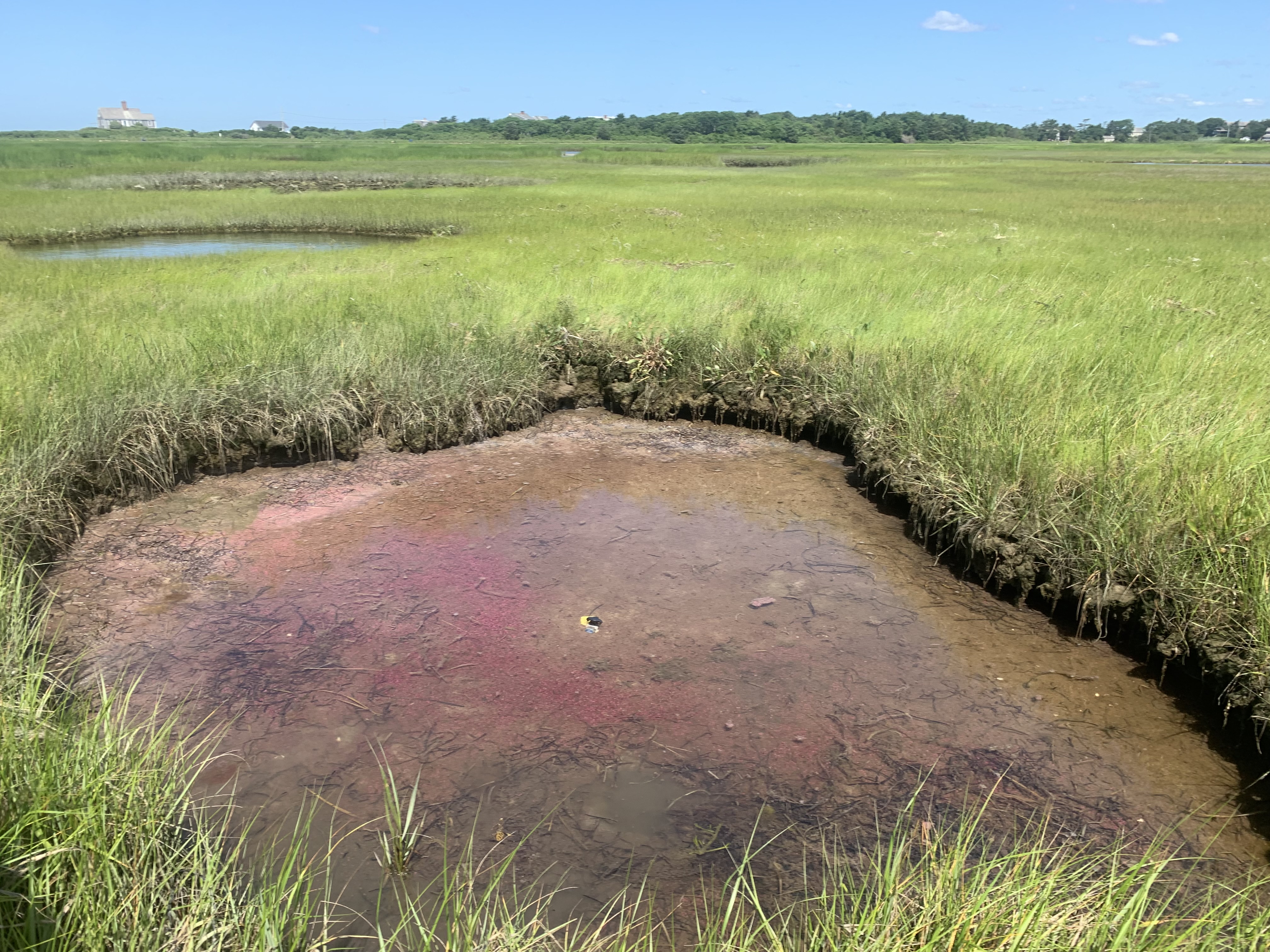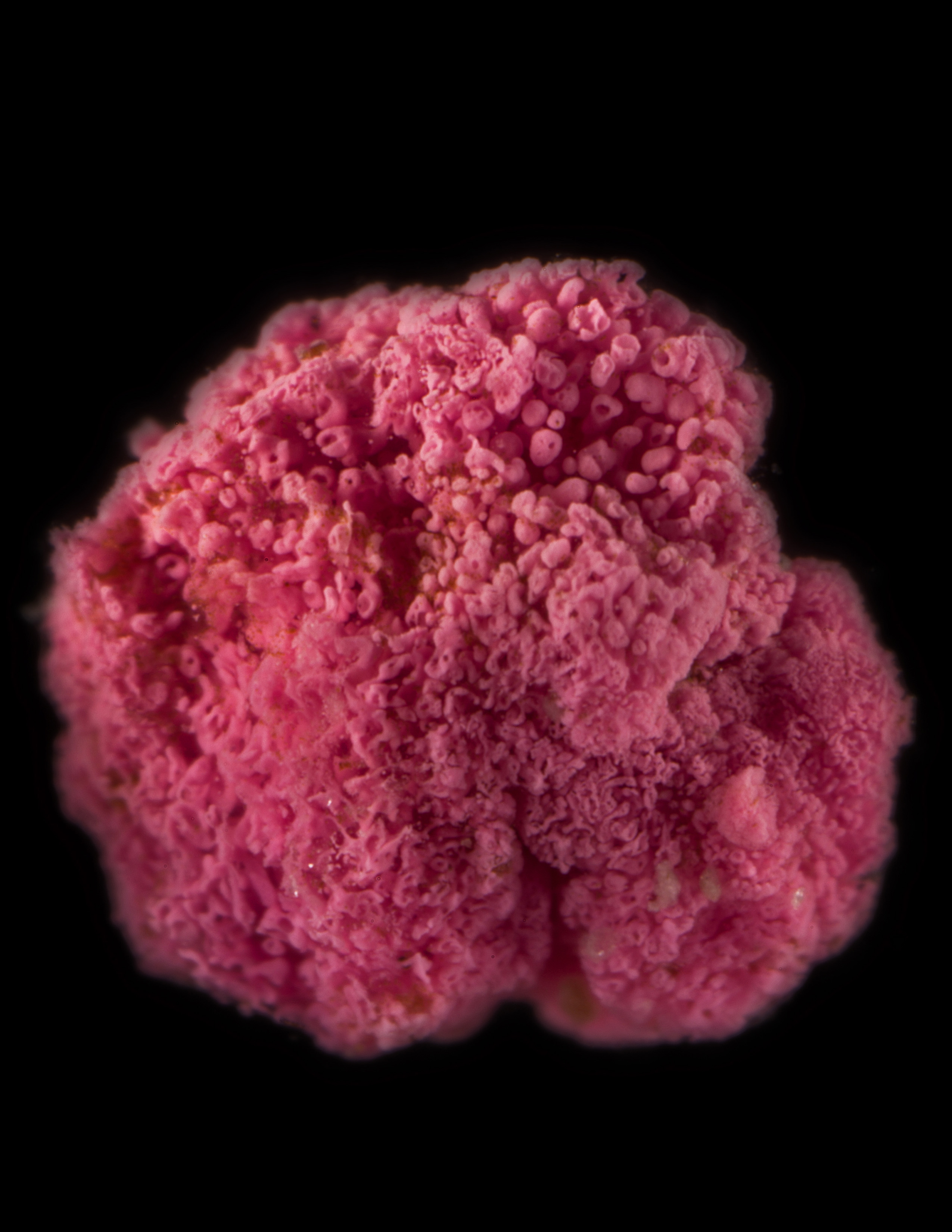This cluster of pink loveliness might have put you in mind of a sea of cherry blossom, or a juicy raspberry compote just waiting to ooze over your pancakes. Well, you can shelve these delightful images immediately, we’re afraid. What you’re looking at here are bacteria, and though these structures might be called “pink berries”, we can assure you that you they do not make a tasty snack.
But while they definitely belong on the list of scientific oddities that you should not eat, pink berries are still a fascinating microbial phenomenon.
Bacteria often find that there is strength in numbers. Some of the trickiest bacterial infections in humans are caused by biofilms, layers of microbes covered in a sugary coating that can colonize wounds or wrap themselves around medical devices like catheters. Being clustered together like this makes it difficult for antibiotics to get a foothold.
Pink berries are a very specific type of bacterial aggregate that form only under certain conditions. They’re usually found coating the surface of submerged sediment in salt marshes, giving the pools a rosy tint.

Pink berries in a pool at Great Sippewissett Marsh, Woods Hole, Massachusetts.
Image credit: Lizzy Wilbanks
Under the microscope, you can see how the individual cells have clustered to form a berry shape, held together with a gloopy transparent polymer coating. The characteristic pink color comes from a species called Thiohalocapsa PSB1, which makes up most of the cluster. This species can generate its own food using sulfur and light. Genetically similar individuals cuddle up with symbiotic species that work together to create zones free from oxygen – which is toxic to the bacteria – and their collective weight helps the berries settle nicely into their environment.

This berry is approximately 3 millimeters in diameter.
Image credit: Scott Chimileski
But there’s a downside to all this close proximity. As humankind discovered recently with COVID-19, when a virus strikes, it’s best to keep your distance from others – but if you’re a bacterium in a pink berry, that’s not really an option.
“It’s a perfect cocktail for an epidemic to blow through and wipe out everything,” said Lizzy Wilbanks, a microbiologist who has been interested in pink berries since first encountering them in grad school, in a statement.
Wilbanks and colleagues recently conducted a study to learn how Thiohalocapsa gets around these issues when faced with a viral threat.
The bacteria use a nifty genetic trick called diversity-generating retroelements (DGRs). Sections of DNA are transcribed into RNA and then back into DNA, a process that tends to introduce errors. These sequences are then inserted into a target gene, thereby adding lots of new genetic variation into specific spots in the bacterial genome. Similar systems exist in other organisms, but scientists haven’t fully understood how they work.
The new study uncovered that many of the targets of DGRs in Thiohalocapsa are components similar to those found in the immune systems of more complex organisms, including humans. Examination of hundreds of pink berries revealed that the variation in these genes changed depending on the environment, which could reflect differences in the viruses present in different pools across a salt marsh.
More work needs to be done to fully unpick how Thiohalocapsa may be manipulating its genome to evade pathogens, but the possibilities for this research reach beyond microbiology, and even have implications for our understanding of human evolution.
“It tells us about the challenges we faced back when we were little balls of cells,” Wilbanks said. “If you’re forming multicellular structures, you’ve got to evolve some pretty fancy immune defenses in order to stay alive.”
With all this to offer the scientific community, we think we can forgive the pink berries for catfishing us.
The study is published in PNAS.
Source Link: Don’t Eat The Forbidden Pink Berries (Because They’re Made Of Bacteria)